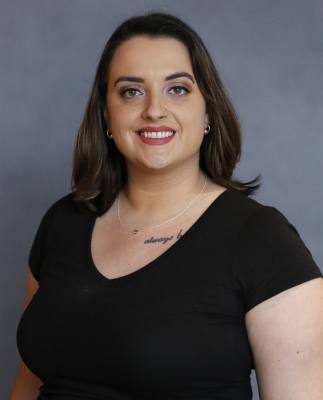Two seats on Clear Creek ISD’s board of trustees are up for re-election this year: Win Weber and Arturo Sanchez are running to remain on the board in districts 2 and 3, respectively.
The incumbents and Jason Clark, who is challenging Sanchez in District 2, participated in a virtual forum Oct. 8. The forum was hosted by the Clear Lake Area Chamber of Commerce and moderated by Glenn Freedman. William Stromeyer and Michelle Davis, who are vying for the District 3 seat against Weber, did not participate.
When asked why voters should choose them, Weber said her experience as a lawyer and her commitment to lifelong learning set her apart and she became a trustee to improve children’s lives.
“I have shown up and done the work, and I am thrilled with the work that’s coming,” she said.
Clark, who is an educator and also a parent of a special education student, said his livelihood is making decisions in the best interests of students and added he wants to help rebuild trust between district officials and CCISD’s special education community.
Sanchez said he is enrolled in a doctorate program and, in the context of lifelong learning, aims to be a model for both students and community members.
“My commitment ... does not stop with the work that I do on the school board,” he said.
Here is where Weber, Sanchez and Clark stand on issues related to budgeting and future district planning.
Candidates respond
One important aspect of future planning for CCISD will involve the transition to a new superintendent in 2021. The candidates suggested different areas in which the next leader should prioritize their focus.
The next superintendent must be aware of the additional expenditures incurred as a result of COVID-19, especially as they relate to the resources involved with Clear Connections, Sanchez said. Weber pointed to a 2011 curriculum management audit that helped the district work toward a more equitable curriculum and said one focus area for the next superintendent should be applying those same ideals related to equity and access at a student and staff level.
Community engagement should be a major focus area for the next leader, Clark said, including finding ways to ensure community members have a voice in planning through forums and feedback sessions. Resources also need to be put into place to improve some of the learning gaps present, he added.
Candidates were asked how, as trustees, they would evaluate the district’s “huge budget” of more than $370 million. All three largely agreed covering the needs of the district’s students and staff takes precedence.
Clark said supporting students’ instructional needs with the appropriate curricula and resources is important in constructing a budget, as is providing teachers with competitive salaries to ensure high retention. Equally as important, he added, are ensuring revenue matches expenses and balancing the budget as much as possible.
In terms of planning, Clark said the district is seeing a greater population of English language learners coming in, which will require adapting teaching strategies and techniques as well as taking the needs of this population into consideration when allocating resources. He disagreed with a statement about defunding programs not measured by state testing: Art and physical education, among other extracurriculars, directly relate to the district’s core values targeting education for the whole student, Clark said.
The first step in budgetary planning is looking at what was done in the previous year, especially as the district has done an “excellent job” managing tight budgets, Sanchez said. Local funding is increasing, and trustees need to ensure those funds directly benefit students, he added.
Budgetary planning should involve looking to the goals and targets set based on strategic planning efforts, then supporting those targets with resources, Weber said. Another factor in both budgetary and general planning is community feedback, which the district details yearly in a community-based accountability report, she said.
“Our community knows what is best for our students and what education looks like,” Weber said.





